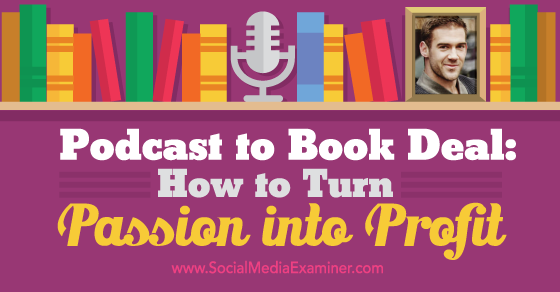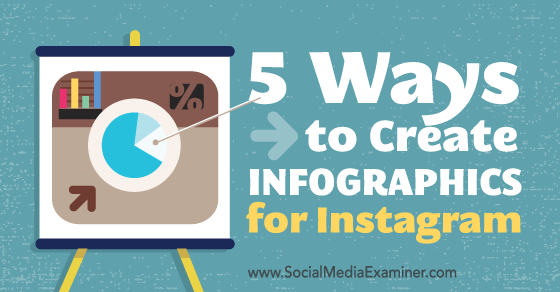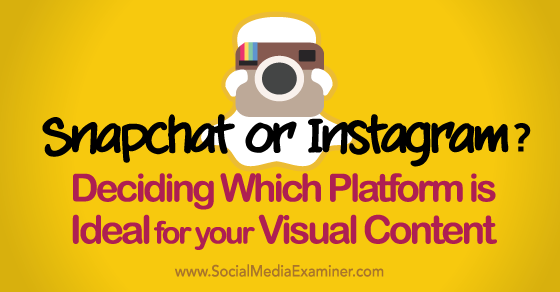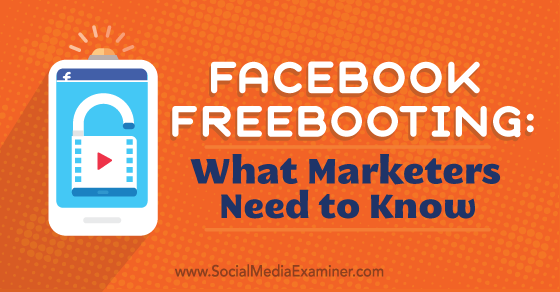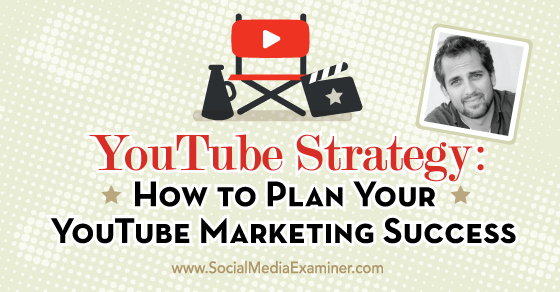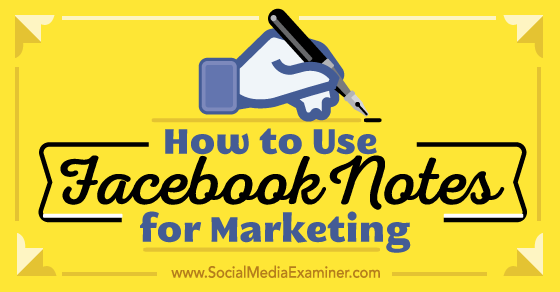
The word “blog” sounds dull to me.
There is no resonating romance, and trying to attach passion to it is a struggle. I see visions of over-sharers wrestling with technology to publish the mundane details of their everyday lives… but maybe that’s Facebook.
“Blog” originated as slang for “web log.” Those two words were mauled and mangled and out popped “blog”. Try and explain that to a blogger at a dinner party – you just have to love the magic of language, grammar and words. Always evolving.
So why should you blog?
Three motivations are the most obvious.
- A passion project. A blog is your digital portal to share your current passion online. It’s text and multimedia without ink stains or Facebook distractions.
- An entrepreneur’s platform. Maybe you’d like to write professionally, working with brands and advertisers to receive compensation for your creativity.
- An expert’s expression. A blog is a place where you distill the experiences, thoughts and ideas that you have learned during your education, career and life journey.
The truth lies hidden somewhere in between.
Still…Why should you?
A successful career and life is based upon being “on purpose.” We all bring our own magic and uniqueness into the world. Your goal in life is to discover what that is, embrace it and share it.
Your blog can be the digital platform where it’s revealed.
To start a blog and continue to create and publish you will need to find the inspiration for the words and ideas.
Inspiration does not emerge from a vacuum. No matter how you twist and turn in a digital and media-rich world powered by Instagram photos and videos, the blog is still driven by words and writing.
Stephen King sums up where the inspiration starts…
“If you don’t have time to read, you don’t have the time (or tools) to write. Simple as that.”
Here are 9 reasons why blogging will make a big impact on your career and life if you are prepared to start the journey to create and publish:
1. Blogs refine your thoughts
Sitting down and distilling your ideas and insights into structured sentences and paragraphs is an art. Wrangling and wrestling those words into shape will produce clarity from the cloud. Make it a practice every day, and magic happens.
2. Blogs reward the creator
Creating is one thing, but publishing is another. Being willing to put your ideas “out there” takes bravery and a willingness to be vulnerable. Doubts may stop you. These include:
- Why would anyone want to read my ideas?
- I have nothing new to say.
Overcome your fears and publish your creation. Rewards will come.
3. Blogs amplify your humanity
A blog amplified by social networks with simple-to-use interfaces is the intersection of humanity and technology. It is an extension and amplification of our uniqueness, creativity and content to 7 billion people.
The low-friction sharing will amplify who you are to a world that is waiting to hear your voice.
4. Blogs connect us to our tribes
Tribes are no longer local but global connections of shared interests and passions. Blogs that are powered by Twitter feeds and online communities allow us to connect to those global tribes… in real time.
Connection with global communities provides insights and networks that can accelerate your learning process, opportunity and success.
You change them and they change you.
5. Blogs give introverts a voice
Susan Cain’s book Quiet: The Power of Introverts in a World That Can’t Stop Talking highlights a new opportunity. The introvert now has a voice. It is estimated that 50% of us fit into that category. If you feel that is you then your blog can be your platform to speak to the world, let your personality shine and be heard.
6. Blogs reward the “new age” publishers
Blogs are online magazines, books and resources all rolled into one.
A portal for expression, learning and publishing, they validate our creative content by quantifying attention through retweets, comments and sharing.
7. Blogs embrace the experimenters
In the age of print, making mistakes was expensive and time-consuming. With your online publishing platform you can experiment in real time with no financial risk.
8. Blogs accelerate discovery
The low friction of the social web allows content creators to bypass the old gatekeepers of editors and publishers. What took years or decades to achieve that important attention can be done in weeks and months.
9. Blogs open up a world without borders
Opportunity in the past was often limited to “local.” Today your online platform isn’t restricted by geography. The world is now your playpen.
You will grow
The consistent and persistent effort of online creation and publishing is a powerful journey in self-discovery and growth. It will be a career enhancer and a life changer. That willingness to be vulnerable, to make mistakes but keep creating will change you.
It is only through the door of risk that growth can enter.
You just have to start.
Disclaimer: I’m compensated by University of Phoenix for this blog. As always, all thoughts and opinions are my own.
The post 9 Reasons Why A Blog is Important for Your Career and Life appeared first on Jeffbullas's Blog.
